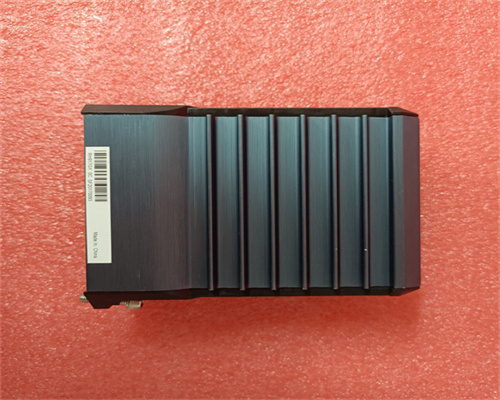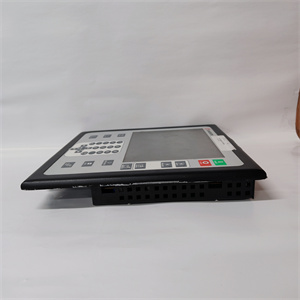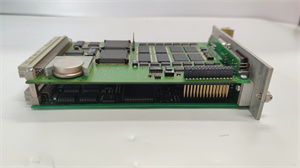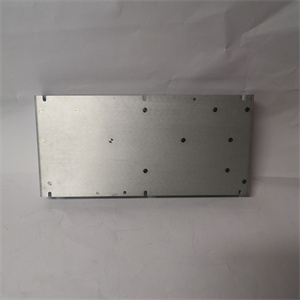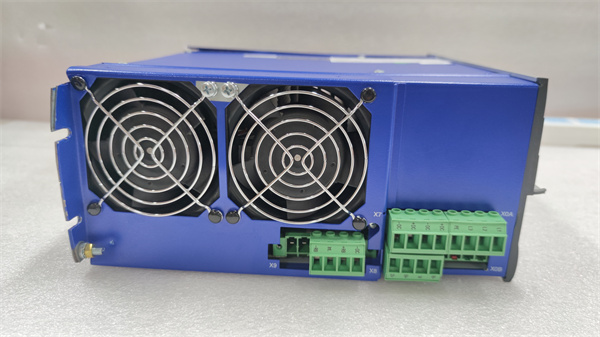FBM207C RH917GY
Foxboro FBM207C RH917GY Production Description
Based on available information and industry practices, here's a possible breakdown of the production process for the Foxboro FBM207C RH917GY:
Understanding the Product Code (possible interpretation):
- FBM207C: This likely indicates a product family or series within Foxboro's offering, possibly related to industrial interface modules.
- RH917GY: This combination might be an internal code for a specific variant or model within the FBM207C family. The meaning of the letters and numbers might not be publicly available information.
Possible Production Stages:
Component Sourcing:
- Industrial-grade relays with high current ratings and contact durability, suited for switching motors, lights, or other industrial loads.
- Sockets or terminal blocks for secure field wiring connections.
- Electronic components like timers, counters, or signal conditioners (depending on the specific functionality of the FBM207C RH917GY variant).
- Control interface modules for user interaction and external control system integration (depending on functionality).
- Housing components made from fire-retardant and impact-resistant materials for a robust enclosure.
- Foxboro sources high-quality electrical and electronic components from reliable suppliers that meet their performance and reliability standards. These might include:
Sub-Assembly and Pre-Testing (if applicable):
- Assembly of major electrical components like relays, contactors, and timers onto a backplane or mounting plate.
- Pre-testing of sub-assemblies to verify functionality of individual components and basic relay operation (if applicable).
- Depending on the complexity of the FBM207C RH917GY, there might be a sub-assembly stage involving:
Printed Circuit Board (PCB) Manufacturing (if applicable):
- If the FBM207C RH917GY variant utilizes a PCB for control logic, communication interfaces, or advanced features, it would likely be fabricated according to Foxboro's design. This stage might be outsourced to a specialized PCB manufacturer.
PCB Assembly (if applicable):
- Automated pick-and-place machines for precise component placement.
- Reflow ovens or wave soldering techniques for secure connections, likely with a focus on high-current carrying capacity.
- Additional hand soldering or rework for critical components (possible depending on the design).
- Visual inspection and automated electrical testing to verify component placement and functionality.
- A controlled environment with stringent quality control procedures ensures proper component placement and soldering (if a PCB is used). This may involve:
Final Assembly and Integration:
- Wiring of internal components and connections between sub-assemblies and the PCB (if applicable).
- Installation of user interface components like LEDs, buttons, or a small display for user interaction and status indication (depending on functionality).
- Incorporation of clear markings and labels for terminal connections and operational controls.
- Installation of protective features like transparent covers for viewing relay contacts or finger guards for high-voltage connections.
- The sub-assembly (if applicable) and the PCB (if applicable) are integrated into the final housing of the FBM207C RH917GY. This might involve:
Testing and Quality Control:
- Electrical testing to verify relay operation under various load conditions, contact life testing, and performance within specified current and voltage ratings.
- Functional testing to ensure control logic functions as intended (if applicable), including timers, counters, and communication protocols (if applicable).
- Compatibility testing to verify seamless integration with control systems used in industrial automation settings (if applicable).
- Safety testing to ensure the device meets relevant safety standards (e.g., UL, CE) for potential hazards like electrical shock, short circuits, and fire.
- Environmental testing to verify the device's performance within its specified operating temperature, humidity, and vibration ranges.
- Rigorous testing is essential for a product like the FBM207C RH917GY, which likely involves:
Final Assembly and Packaging:
- Labeling according to regulations.
- Secure packaging for protection during transportation.
- The final assembly is subjected to a final round of inspection and packaging for shipment. This might involve:
Documentation and Certification:
- User manuals with clear instructions for safe installation, configuration (if applicable), operation, and maintenance.
- Technical specifications detailing relay ratings, control logic functionalities (if applicable), communication protocols (if applicable), and environmental limitations.
- Foxboro likely provides comprehensive documentation for the FBM207C RH917GY. This might include:
上一篇:没有了
下一篇:没有了

